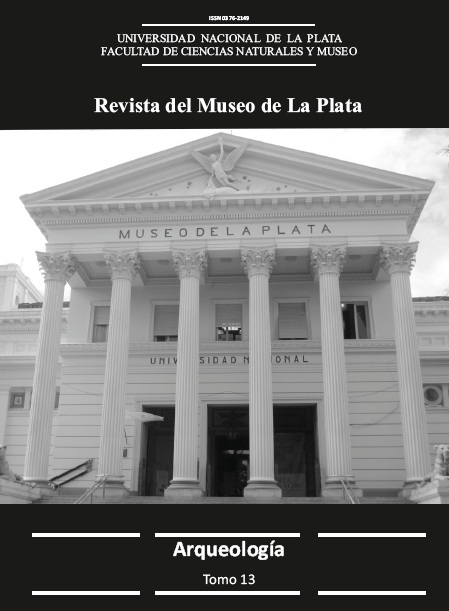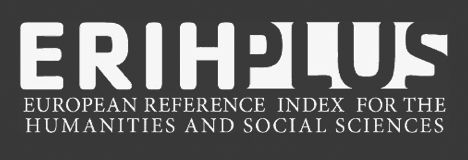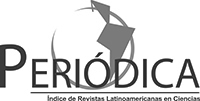Explotación y consumo de cérvidos en el litoral fluvial bonaerense durante el Holoceno tardío final: análisis de los sitios San Clemente VI y Las Marías
Keywords:
Exploitation, Consumer, Deer, Archaeozoology, Coast of Rio de la Plata,Abstract
The aim of this study is to evaluate the patterns of exploitation and consumption of deer, particularly Ozotoceros bezoarticus and Blastoceros dichotomus, by hunter-gatherer-fishermen that inhabited the coastal river of Buenos Aires Province during the final late Holocene. We present a comparative analysis of species represented in San Clemente VI (Punta Indio district) and Las Marías (Magdalena district) sites. These sites are located on a coastal environment of shell ridges where native forests develop. San Clemente VI has a C14 date of 935 ± 55 yr BP (on Lama guanicoe bone). It is an open air site where a single component was identified product of multiple activities. Las Marías site has two dates: 1820 ± 50 yr BP (on Pogonia chromis bone) and 1590 ± 40 yr BP (on Lama guanicoe bone), and has also been characterized as a multiple activities site. These studies comprise the construction and comparison of skeleton profiles for both sites, in order to establish whether the patterns of exploitation. and consumption of deer are mantained over time, or whether they display different trends The taphonomic history of the bone set, constructed by the identification of the agents and processes that influence the site formation, is also integrated to this analysis. A differential trend in exploitation and consumption activities of deer was identified, and they are attributed to differences in the occupation of the studied archaeological sites. The obtained information is integrated to the discussions at a regional level.Downloads
Published
Issue
Section
License
La publicación en la RMLP se realiza bajo los términos de la licencia de uso y distribución Creative Commons BY-NC-SA 4.0 para Argentina (https://creativecommons.org/licenses/by-nc-sa/4.0/) que permite a terceros la distribución, la copia y la exhibición del artículo siempre que citen la autoría del trabajo, la publicación en la RMLP, número concreto y las páginas en la que encontraron la información. No se puede obtener ningún beneficio comercial y no se pueden realizar obras derivadas con fines comerciales que no autorice la editorial. Si se remezcla, transforma o construye sobre el material, deben distribuir sus contribuciones bajo la misma licencia que el original.
La puesta a disposición del artículo en la RMLP supone para los autores argentinos el cumplimiento de lo establecido en la Ley 26899 de Creación de Repositorios Digitales Institucionales de Acceso Abierto, Propios o Compartidos, del 13/11/2013 en su artículo 5º, en lo relativo a la obligatoriedad de facilitar en acceso abierto los resultados de investigaciones financiadas por agencias gubernamentales y de organismos nacionales de ciencia y tecnología del Sistema Nacional de Ciencia, Tecnología e Innovación.










